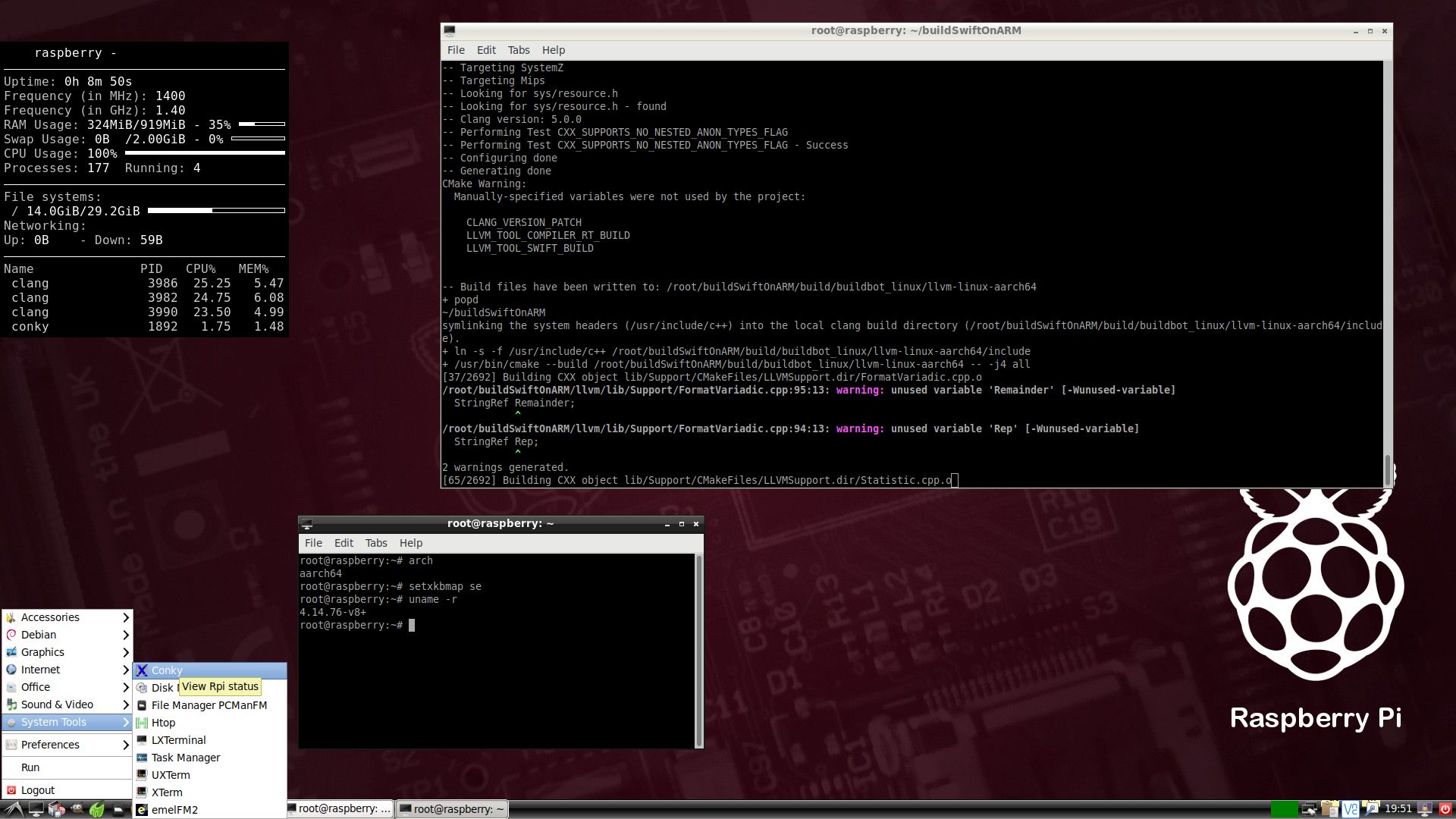


The SD card plays a special role: The Raspberry Pi boots from it. Figure 1 shows a Raspberry Pi model B with an SD card inserted for scale. There are connections for USB, Ethernet, high-definition graphics, audio, an SD card, and general-purpose I/O. The graphics processor and the CPU share 256MB of RAM. The Raspberry Pi is a small, low-power board built around a 700mHz ARMv6 CPU with hardware floating point and graphics processor integrated in a single chip. Use your knowledge and preferences (and perhaps some of the topics in the Optional Linux Tuning and Tweaking section) to create a workflow that works for you. NOTE: There are many potential variations of the instructions given here, especially which operations you execute on a host (desktop or laptop) computer, and which you execute on the Raspberry Pi.
#Run syncovery on raspberry pi how to
Optional Linux Tuning and Tweaking: How to make Linux work better for you.Java SE Embedded Setup: How to acquire and install Java SE Embedded.Essential Linux Setup: How to install Debian Linux.Prerequisites: What you need to have and know.This article gets you started with Java on the Raspberry Pi programming with these topics: It's the Raspberry Pi computer, and it can support a full Java SE runtime for headless embedded applications. It costs about the same as a book on Java programming. How to get Linux and Java SE Embedded running on the Raspberry Pi in less than an hour


 0 kommentar(er)
0 kommentar(er)
